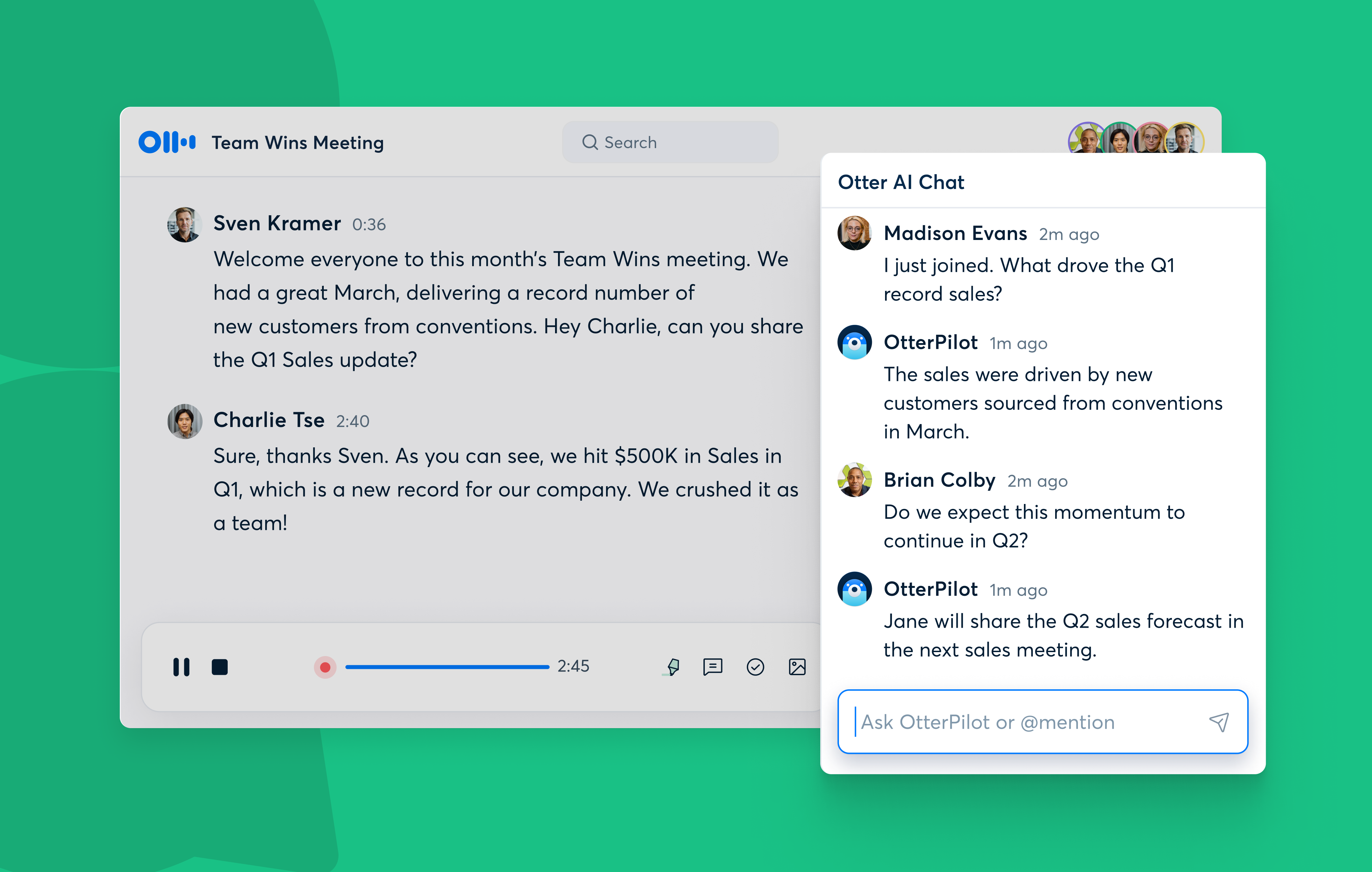Cisco Webex tackles background noise with BabbleLabs acquisition
AI processing on Webex Meetings will be used to suppress background noise and enhance speech clarity


Cisco is planning to integrate artificial intelligence (AI) technology from BabbleLabs into its collaboration division to improve the audio quality of participants in Cisco Webex meetings and remove background noise.
BabbleLabs specialises in developing AI that can detect speech, distinguish this from background noise, and use speech enhancement tech to improve the quality and clarity of speech.
Cisco plans to integrate BabbleLabs’ engineers into its Collaboration portfolio, and will begin by adding this enhanced audio experience to Webex Meetings, which should work regardless of the device being used to connect.
This processing will be implemented on the client-side, too, meaning audio will be suppressed and enhanced before transmitted to meeting participants.
"A great meeting experience starts with great audio," said Jeetu Patel, senior vice president and general manager with Cisco’s security and applications unit.
"We're thrilled to welcome BabbleLabs' team of highly skilled engineers. Their technology is going to provide our customers with yet another important innovation – automatically removing unwanted noise – to continue enabling exceptional Webex meeting experiences."
Background noise suppression is a feature that’s already embedded in a number of video conferencing services owned by rival providers, including Zoom and Microsoft Teams. Zoom has featured a form of background noise suppression for some time, although a recent update aims to improve the standard of this feature, which has been temperamental in the past.
Sign up today and you will receive a free copy of our Future Focus 2025 report - the leading guidance on AI, cybersecurity and other IT challenges as per 700+ senior executives

Keumars Afifi-Sabet is a writer and editor that specialises in public sector, cyber security, and cloud computing. He first joined ITPro as a staff writer in April 2018 and eventually became its Features Editor. Although a regular contributor to other tech sites in the past, these days you will find Keumars on LiveScience, where he runs its Technology section.
-
 Gender diversity improvements could be the key to tackling the UK's AI skills shortage
Gender diversity improvements could be the key to tackling the UK's AI skills shortageNews Encouraging more women to pursue tech careers could plug huge gaps in the AI workforce
-
 Researchers claim Salt Typhoon masterminds learned their trade at Cisco Network Academy
Researchers claim Salt Typhoon masterminds learned their trade at Cisco Network AcademyNews The Salt Typhoon hacker group has targeted telecoms operators and US National Guard networks in recent years
-
 Big Tech AI alliance has ‘almost zero’ chance of achieving goals, expert says
Big Tech AI alliance has ‘almost zero’ chance of achieving goals, expert saysNews Companies like Microsoft, Google, and OpenAI all have competing objectives and approaches to openness, making true private-sector collaboration a serious challenge
-
 Otter.ai brings collaborative AI to meetings with Otter AI Chat
Otter.ai brings collaborative AI to meetings with Otter AI ChatNews The speech-to-text giant has set its sights on contextual AI
-
 Slack says automation can save every employee a month of work per year
Slack says automation can save every employee a month of work per yearNews Research from Slack found that workers believe generative AI tools will revolutionize productivity
-
 Generative AI has left the metaverse in the dust
Generative AI has left the metaverse in the dustOpinion Generative AI demonstrating tonnes of business use cases only serves to highlight the hopelessness of the metaverse
-
 Meta's earnings are 'cause for concern' and 2023 looks even bleaker
Meta's earnings are 'cause for concern' and 2023 looks even bleakerAnalysis Calls for investor faith in metaverse tech only emphasise the worries that its investment strategy won't pay off
-
 Seven steps to keeping metaverse meetings safe and secure
Seven steps to keeping metaverse meetings safe and secureIn-depth There are practical measures you can take to keep virtual meetings productive, safe and ethical as your team embraces VR-powered spaces
-
 Into the metaverse: Everything we learned from our virtual tour
Into the metaverse: Everything we learned from our virtual tourOpinion Constant distractions – and not much collaboration – make it hard to see the business use cases
-
 Why Honest Burgers is proud to ditch email
Why Honest Burgers is proud to ditch emailCase Studies Employees have embraced Workplace from Meta, allowing the restaurant chain to streamline comms and build chatbots for training